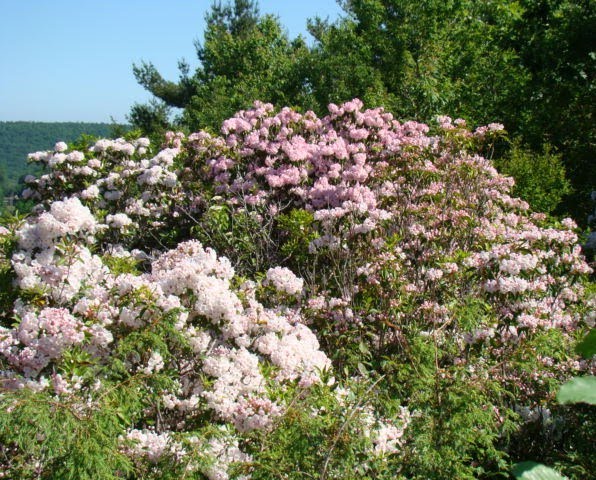
General Information
The Eastern White Pine has a long history of being one of the more valuable trees in North America. Prior to the arrival of colonists in the eastern United States, vast stands of Eastern White Pine were common. But by the end of the 19th century a great number of these stands had been logged.
Today Eastern White Pine is used for many wood products including furniture and matches. The seed is consumed by a wide variety of birds such as yellow-bellied sapsuckers, chickadees and pine grosbeak. It’s bark, seeds and foliage are favored by beaver, porcupine, squirrels, white-tailed deer and mice.
In cultivation, the Eastern White Pine makes a fine specimen for parks and large properties. Urban plantings have proven to be especially successful with seeds grown from trees in eastern Canada and the northern New England states. These trees have a darker blue-green color and are more resistant to snowbreak as well as air pollutants. It is also a popular Christmas tree.
The native range of Eastern White Pine extends across Canada from Newfoundland through Quebec, Ontario and into southeastern Manitoba. The range continues south to Minnesota, Iowa, Illinois, Ohio, Pennsylvania, and in the Appalachian Mountains south to Georgia. It can also be found in western Kentucky, Tennessee and Delaware.
Plant Habit and Form
When young, the Eastern White Pine is conical in shape. As trees mature, they lose this shape and take on a soft, graceful appearance with a whorled crown of horizontal and ascending branches. Foliage is bluish green with 3-5 inch soft needles in bundles of 5. The grayish brown bark is broken into small rectangular, scaly, ridged blocks. Eastern White Pine generally grows 50-80 feet tall at maturity, but has been known to grow in excess of 150 feet.
Growing Requirements
Eastern White Pine grows in zones 3 to 7(8). It grows best in moist, fertile, well-drained, slightly acidic soil but has been known to grow better than other trees, like oak for example, on poor soils. It is a long-lived tree reaching 200 years old if left undisturbed and can exceed 450 years. Eastern White Pine prefers sunny locations, although it can tolerate some shade.
Flowering and Fruiting
Eastern White Pine is monoecious. Flowering occurs generally between May and June, with male flowers developing one to two weeks earlier than female flowers. Cones mature usually in August and September, turning yellow-green to light brown when ripe. Most seeds disperse in the following month.
Pests and Diseases
The greatest insect pest is the White Pine weevil which can kill terminal leaders that result in serious stem crooks deforming the tree. Diseases include White Pine blister rust, red ring rot, and root rot.
ID Tips
Soft, flexible, drooping bluish green needles in bundles of 5 with pendant, slightly curved cones 4-8 inches long.

